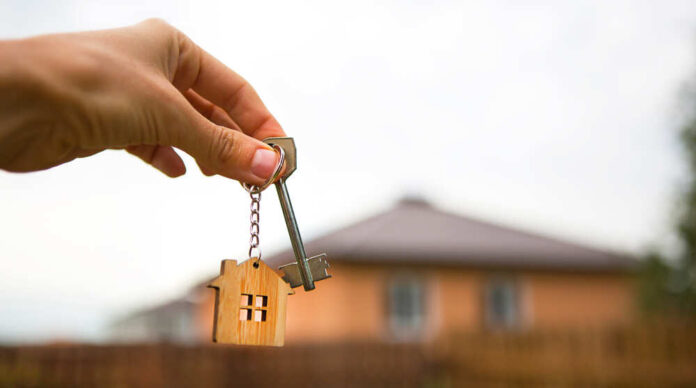
“The American Dream” always included the typical picture of a young married couple with a couple of children, a dog, and a suburban home with a white picket fence. But that dream, if modern Americans even still consider that a dream, is not within reach any longer. Everything is just too expensive, especially houses.
As housing prices have increased, housing affordability has decreased. Data from Pew Research Center shows us that the skyrocketing prices for homes are quickly outpacing income and wage growth. In fact, income has remained largely flat in comparison to rising housing prices.
Who is this a problem for?
In October 2021, nearly half of Americans (49%) reportedly said that housing affordability was a major problem. This is up 10% from early 2018. A whopping 70% of Americans said that young Americans are having a harder time than their parents finding affordable homes.
Rising Cost of Rent
Beginning just before 2020, while the median household income reportedly fell a few percentage points, average home values increased by around 25%. In 2020, nearly half of Americans (46%) spent more than 30% of their income on paying rent, meeting the Department of Housing and Urban Development’s definition of “cost burdened.”
This 30% of one’s income is what researchers say is the most one should spend on housing, but they also say that the costs of other necessities should be taken into account.
The rising cost of rent is also outpacing inflation, according to the Bureau of Labor Statistics. Over the last five years, the average cost of rent has increased by 18%. This is a 2% difference from the rising cost of goods and services (16%). From 2017 to 2022, rents exceeded inflation in every region, except the Northeast.
In the West, rents rose 21%; 20% in the South; 18% in the Midwest; and 12% in the Northeast.
It was only amid loosening COVID restrictions that average rents ceded some ground while inflation took the reins. Average rents from February 2020 to 2022 were up 6% compared to a 10% inflation rate.
The Economic Scale
Americans who rent are already having a rough time because they largely represent the lower ends of the economic scale, according to a 2019 survey from the Federal Reserve.
In 2019, the report showed that 61% of Americans in the lowest income quartile rented their homes, and 88% of Americans in the bottom 25th percentile also rented their homes.
Larger than any other good or service, like food, education, or gas, rent is expected to continue to increase by 10%.














